Loons are only in Georgia during the migrations to and from their breeding grounds in Parts North, but hardly a year passes that we don’t see one or more grounded loons at LWR.
Because of their body design—breast-heavy, with legs located at the extreme rear of the body—loons are effectively helpless on land. Unfortunately, they are well-known for landing on wet pavement and such, thinking it’s water, and then, because they need a long water “runway” to take off, they’re grounded and people who find them assume their legs and/or wings are broken.
That was the case for this gorgeous loon, who was also thoroughly traumatized by the time he reached LWR: his rescuers placed him in an open box in the sun on their driveway, and the person who transported him simply dumped him unrestrained in the back of an open truck bed and drove 50 miles with the poor bird literally flapping in the breeze.
The vulture who came in last week with the arrow through his wing and body was released and promptly disappeared; below are some shots of him while he was still in the flight. He hauled butt too fast for any release shots. Somebody was apparently not too pleased with his accommodations at LWR. Guess he won’t be leaving us any 5-star reviews…
The flying squirrel was finally deemed ready for a very soft release, meaning she could come and go as she pleased from her caging, until she decided not to come back at all. The photo below was taken shortly before her release.
This darling little Eastern phoebe was rescued from the imminent clutches of several of NINE outdoor cats; luckily the rescuer saw the neighbor’s cats after her and got to her first. Phoebes are in the flycatcher family, as that flat beak would suggest, and I’ve yet to have a flycatcher of any species who wasn’t an absolute sweetheart.
When the person met me with the bird, he had lugged along three of his own small dogs, whose yapping I’m sure was all sorts of upsetting to the poor bird, who had been unceremoniously crammed into a dog carrier full of dog-hair-covered blankets. No, birds don’t have a well-developed sense of smell, but those blankets probably had dog saliva as well as hair on them, in addition to chemical residue from whatever flea treatment the person had the little ankle-biters on.
Another what-should-be-common-sense helpful hint: NO PET CRATES to transport wildlife unless they’ve never been used for household pets/stray domestic animals. A cardboard box that has never held chemicals (in other words, don’t place a bird in a box that formerly held cans of bug spray, for example) will suffice nicely. Moving boxes are cheap, come in a variety of sizes, and are available pretty much everywhere. I recommend everybody keep several sizes on hand at home and one or two in their vehicle trunks. You never know when they might come in handy!
The phoebe and jay were placed together, as I’ve had great success housing smaller birds with young jays in the past, and within 10 minutes, they were nestled cozily together…


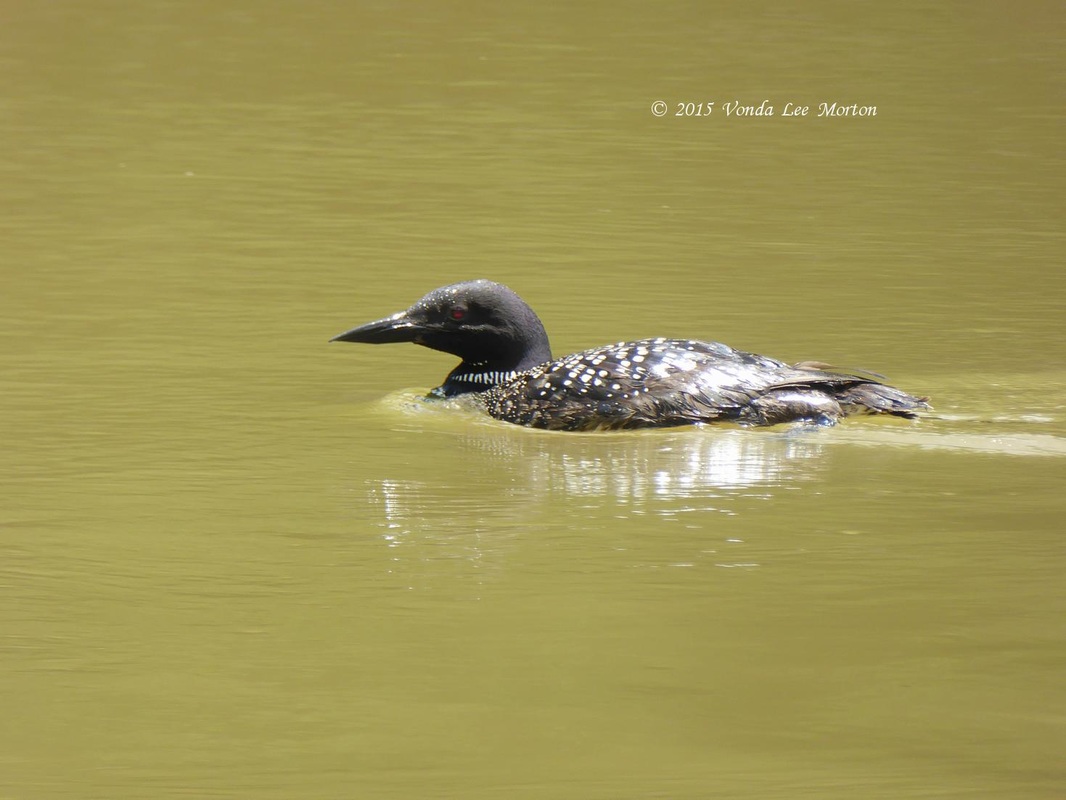







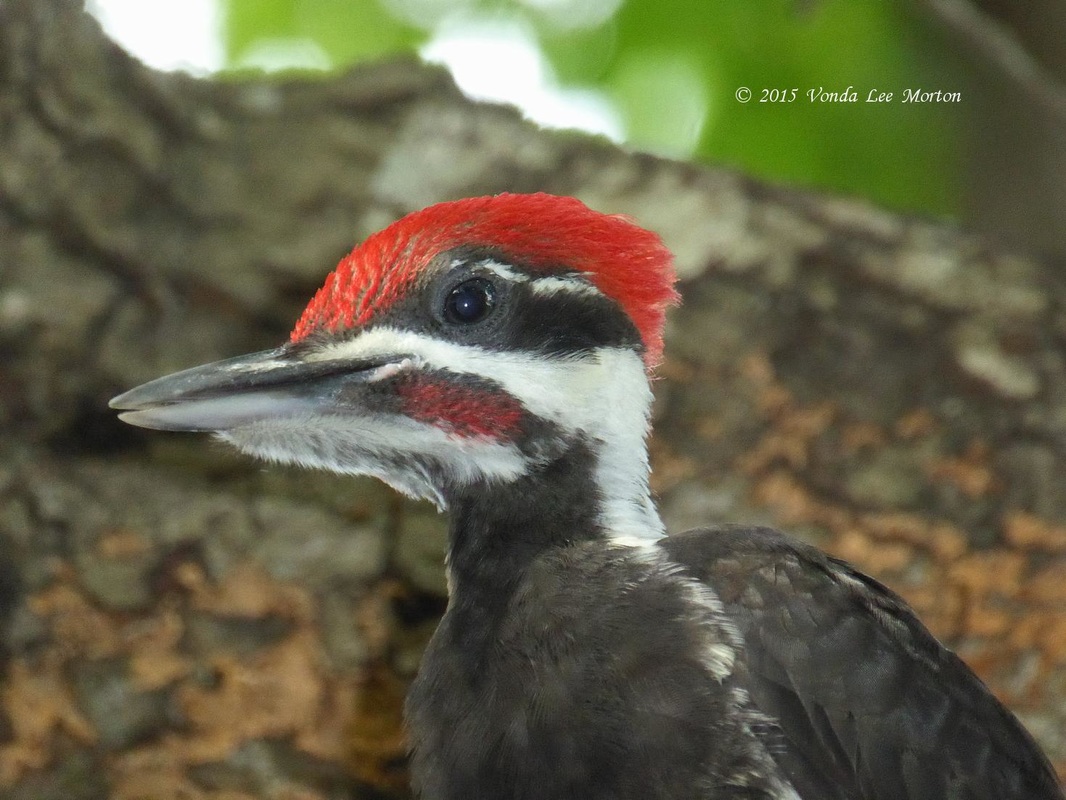
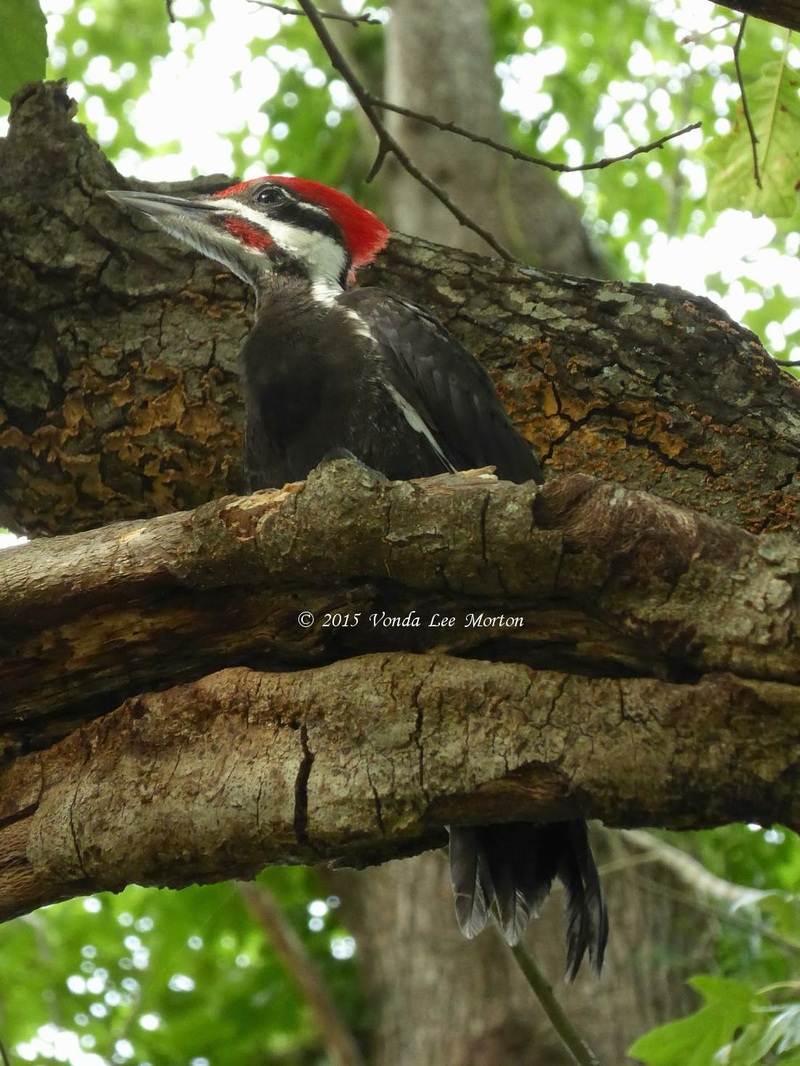



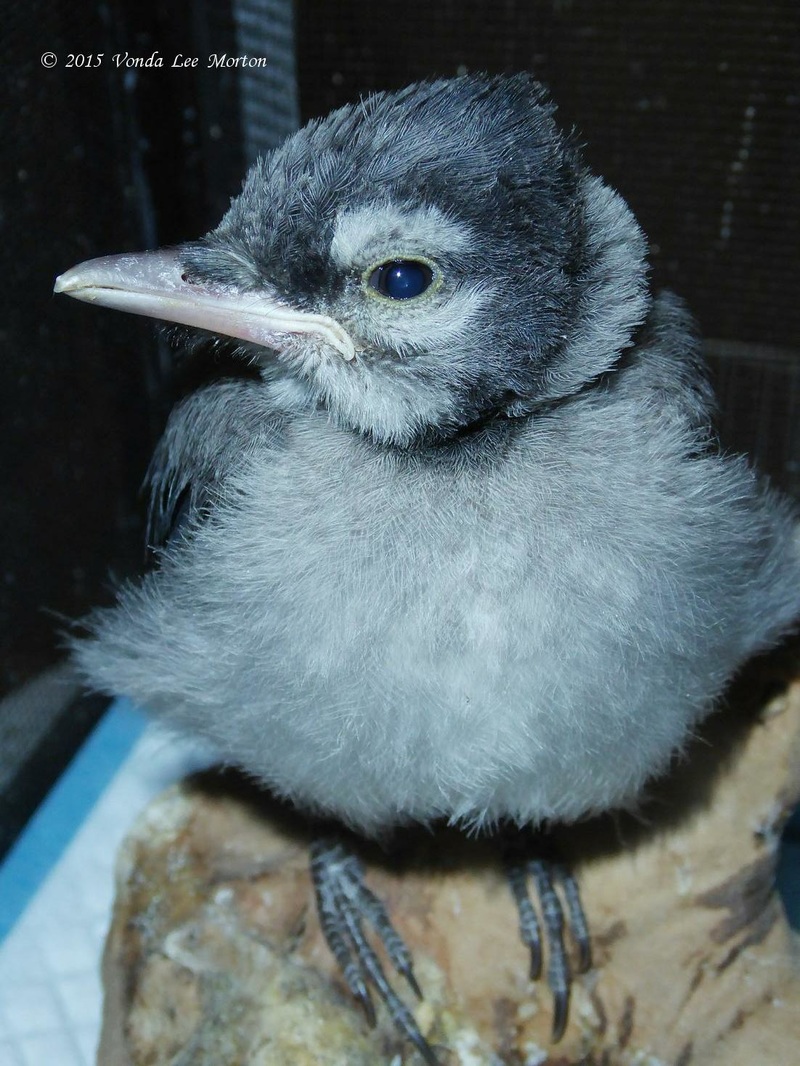
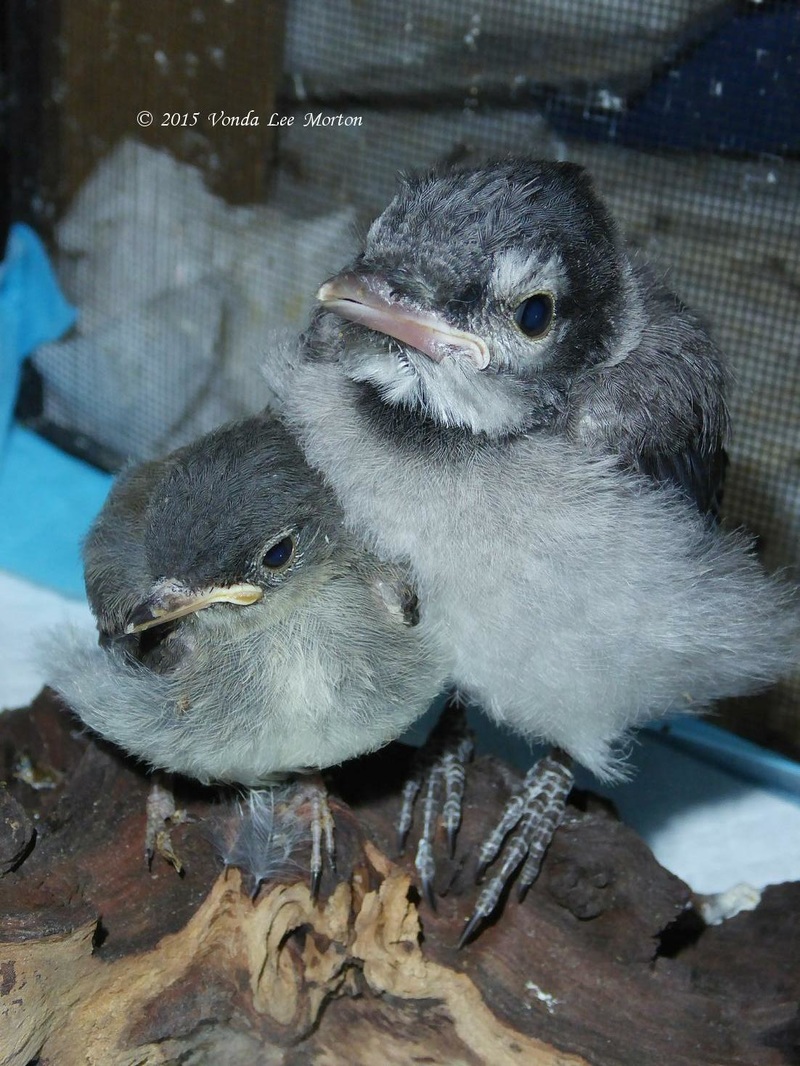


 RSS Feed
RSS Feed
